Affiliate links on Android Authority may earn us a commission. Learn more.
5 MWC 2017 trends we’re going to see a lot more of
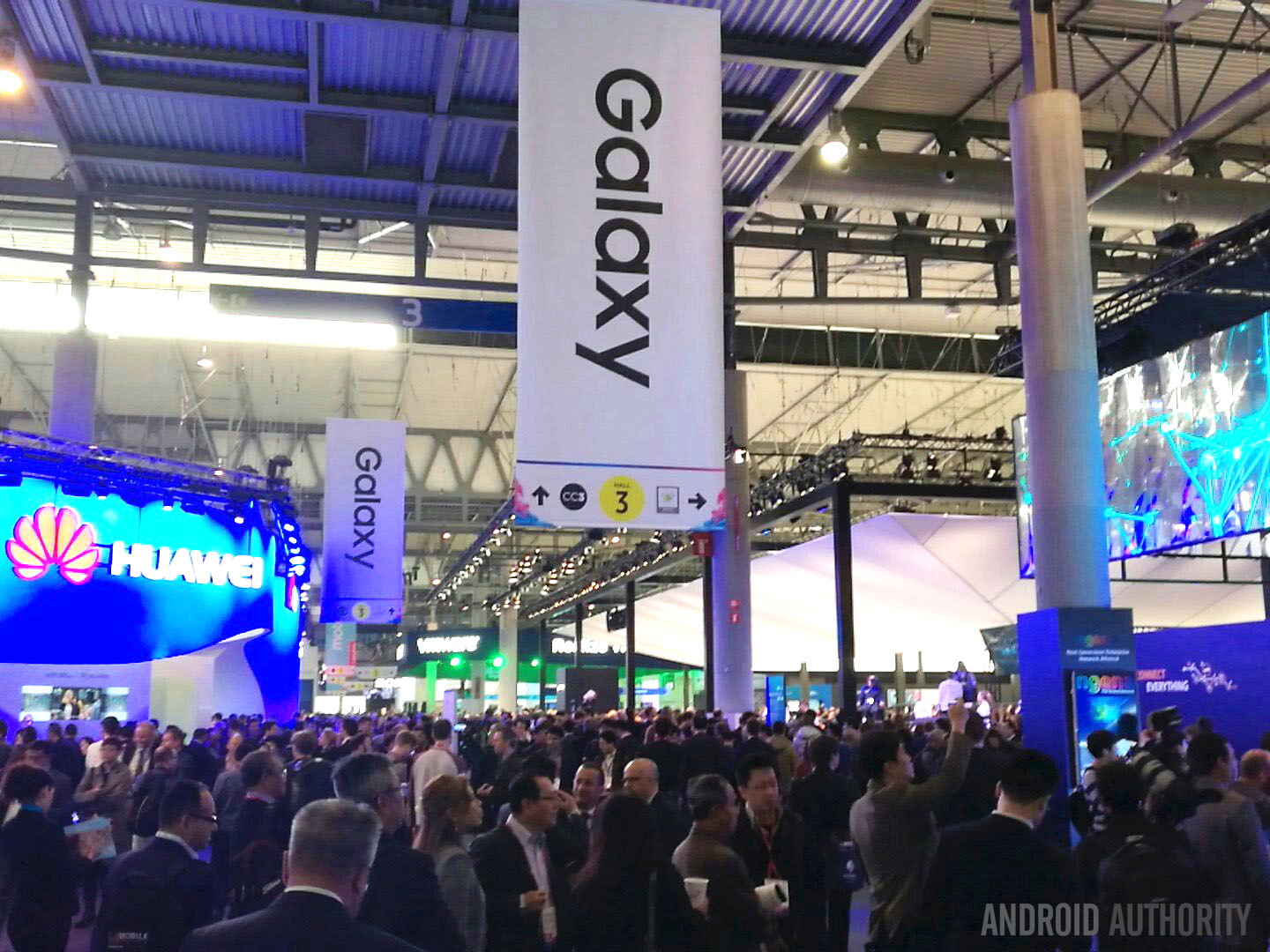
It’s pretty easy to argue that nostalgia was the hottest trend of MWC 2017, as odd as that is for a forward-looking mobile tech event, but what about the other big trends of the show? What things came up again and again that we can expect to see even more of this year? What things debuted for the first time but indicate a forthcoming trend? Let’s dive right in.
18:9 aspect ratio
No surprises here. We already knew the LG G6 would adopt the 18:9 Univisium aspect ratio, what LG calls FullVision, and during MWC we got to hear more about why LG believes it is the future of entertainment on both large and small screens.
We also know we can expect a similar 18.5:9 aspect ratio on the upcoming Galaxy S8, which is set to be unveiled on March 29. We even got hints that Apple is planning the same aspect ratio for the upcoming 10th anniversary iPhone.
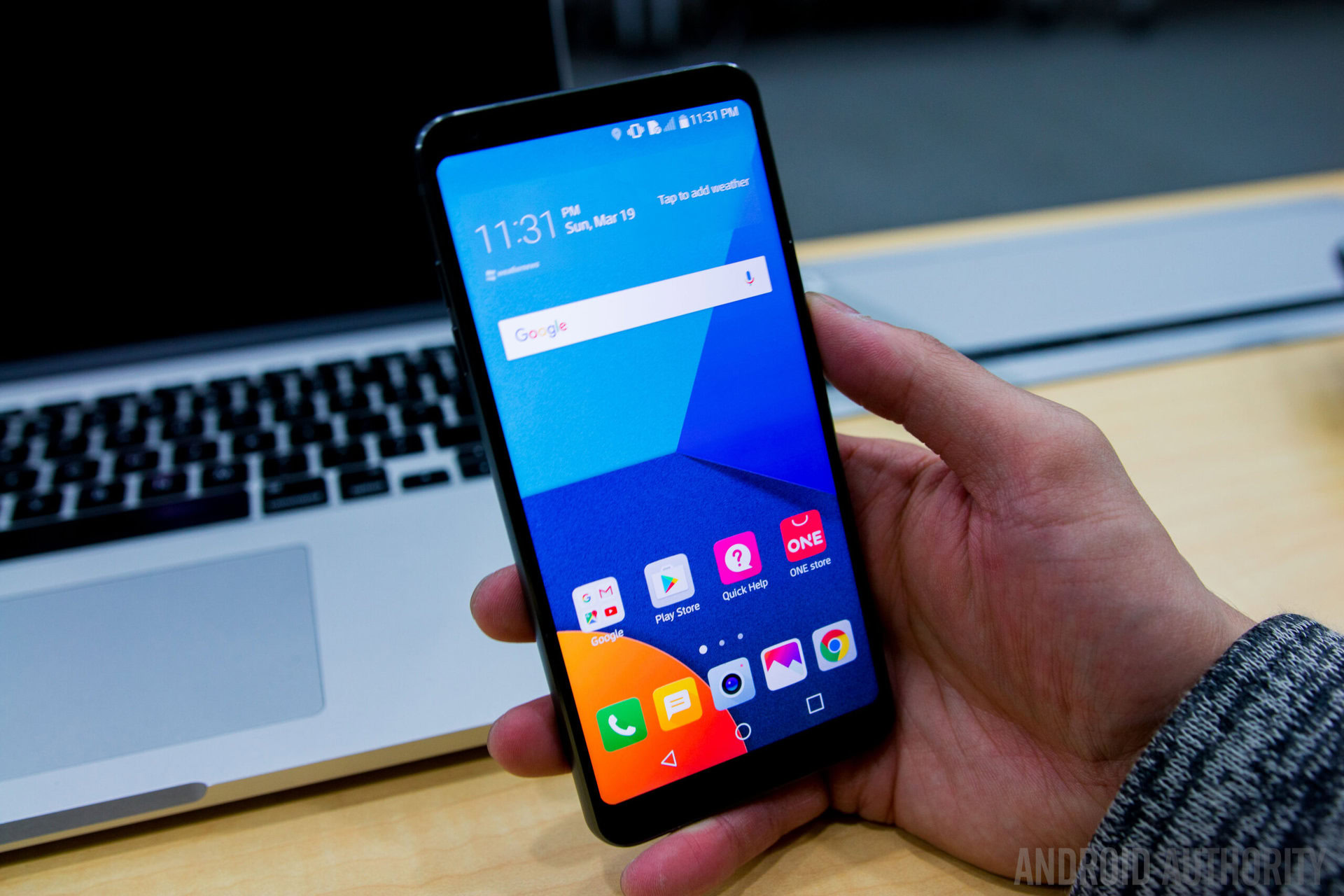
Univisium makes a lot of sense from a standardization perspective even if not everyone is a fan of the “tall and skinny” look. But as the LG G6 showed us, 18:9 phones are not so radically different in the hand; they’re actually just like an existing 16:9 phone with smaller bezels on the top and bottom.
With companies as large as these adopting 18:9 or thereabouts in the near future, we’ll definitely be seeing a lot more of it (badum-chi) from other OEMs before long too. If that comes at the expense of big foreheads and chins, I won’t be sad to see the end of 16:9.
Shrinking bezels
Speaking of bezels, with the notable exception of Sony – which seems to be so in love with giant bezels on top of and below the screen that they’ll never go away – most other Android OEMs seems to be on a crusade to push bezels to their limit.
LG has done a great job on the bezel front with the G6 and every image we’ve seen of the S8 so far makes it look incredibly futuristic. The HUAWEI P10 has pretty microscopic side bezels and even Sony minimized side bezels to razor-thin status on the new Xperia XA1 phones.
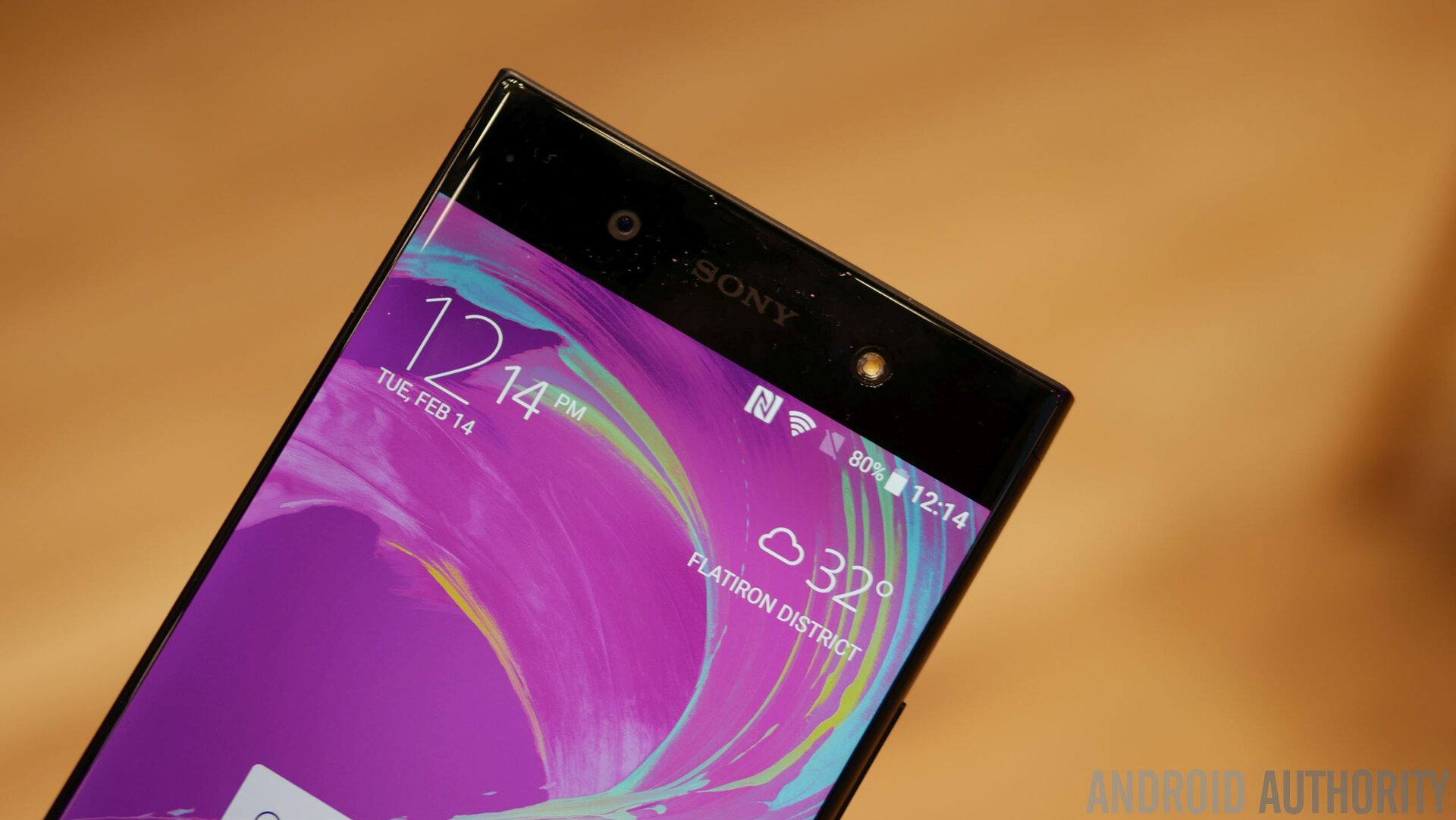
While there are reasons both for and against tiny bezels above and below the screen (accidental palm touches, the lack of a front-facing finger scanner etc), there’s no denying they look great. Again, with companies as large as Samsung and LG putting bezels on notice, we’re going to be seeing a lot more companies following suit.
HDR displays
HDR displays are also going to be a big trend this year. Samsung put one on the Galaxy Tab S3, LG did the same on the LG G6 and Sony put the world’s first 4K HDR display on the Xperia XZ Premium. The Galaxy S8 at this point looks to be a shoo-in and we can’t see any reason other manufacturers won’t be doing similar things on their 2017 flagships.
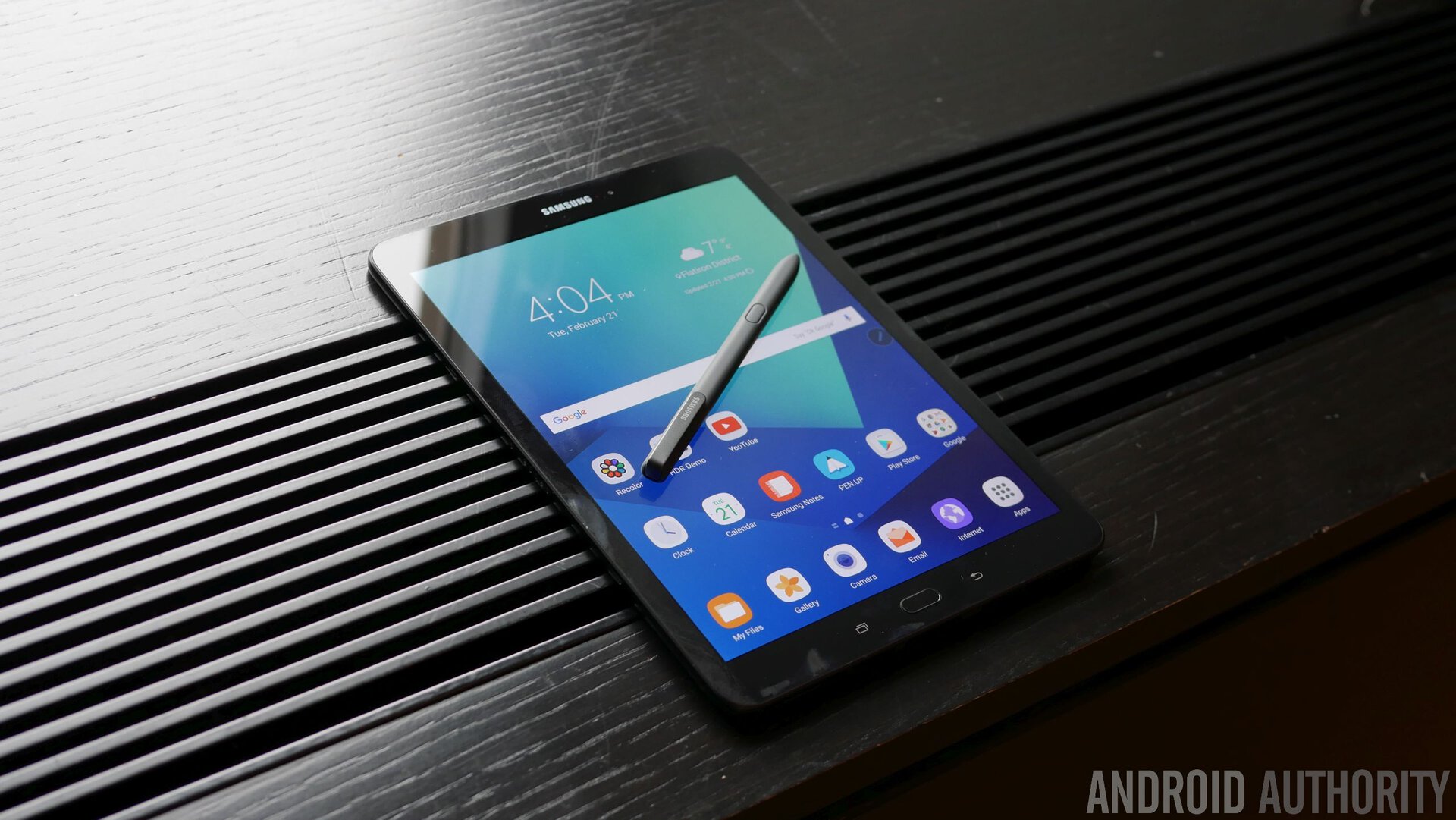
HDR has been making waves in the TV space for a while so it was only natural to expect smartphones to adopt high dynamic range displays eventually too. The benefits for on-screen content are obvious and with Netflix announcing support for streaming HDR content to smartphones, we’re only going to be getting more and more HDR content on more and more HDR-equipped devices.
Fingerprint scanner gestures
Fingerprint scanner gestures are fun and surprisingly intuitive to adapt to. Meizu phones have been doing scanner gestures for years and HUAWEI introduced the Mate S a couple of years back with gestures for scrolling through the interface and dragging down the notification shade, something we’ve now also seen on the Pixels.
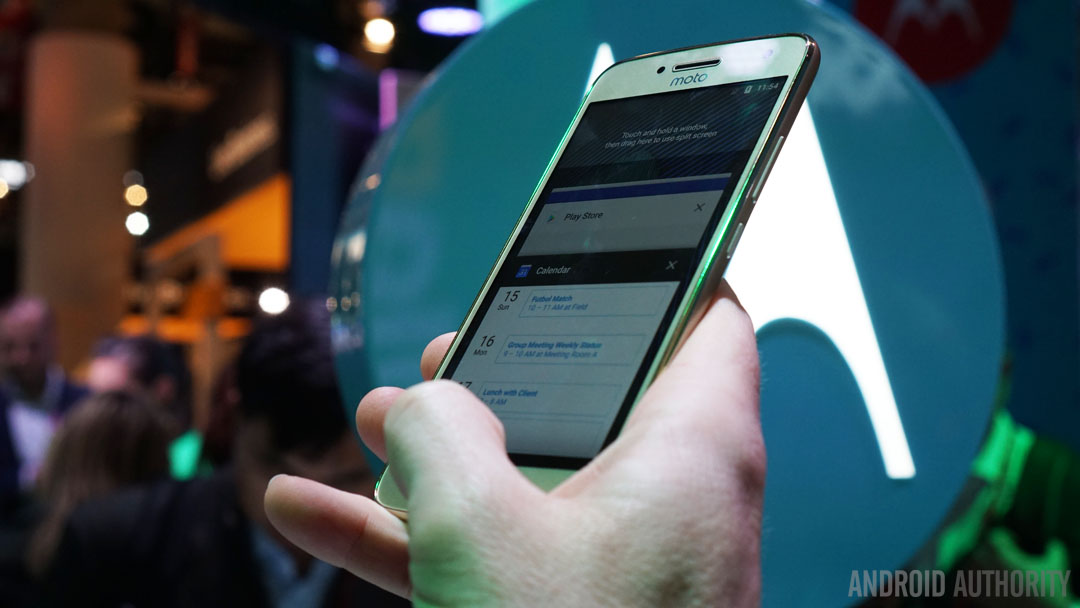
But with both HUAWEI and Motorola dropping phones with front-mounted scanner gestures at MWC 2017, it looks like this might finally be a thing. Not necessarily a good thing, if you read my extended take on the pros and cons of fingerprint scanner gestures, but a thing nonetheless.
Proprietary fast charging
Like bezels, the days of wireless charging now seem to be behind us, as fast charging increasingly becomes the preferred standard over wireless charging. Most smartphone makers so far have utilized Qualcomm’s Quick Charge standard, but MWC, and the months before it, seem to be indicating a new trend.
That trend is proprietary fast charging technology. Watching battery charging demos is quite literally as boring as watching a battery charge, but what’s going on inside these demos is actually pretty mind-blowing. Obviously, getting an edge over a rival’s fast charging solution makes for a pretty compelling selling point.
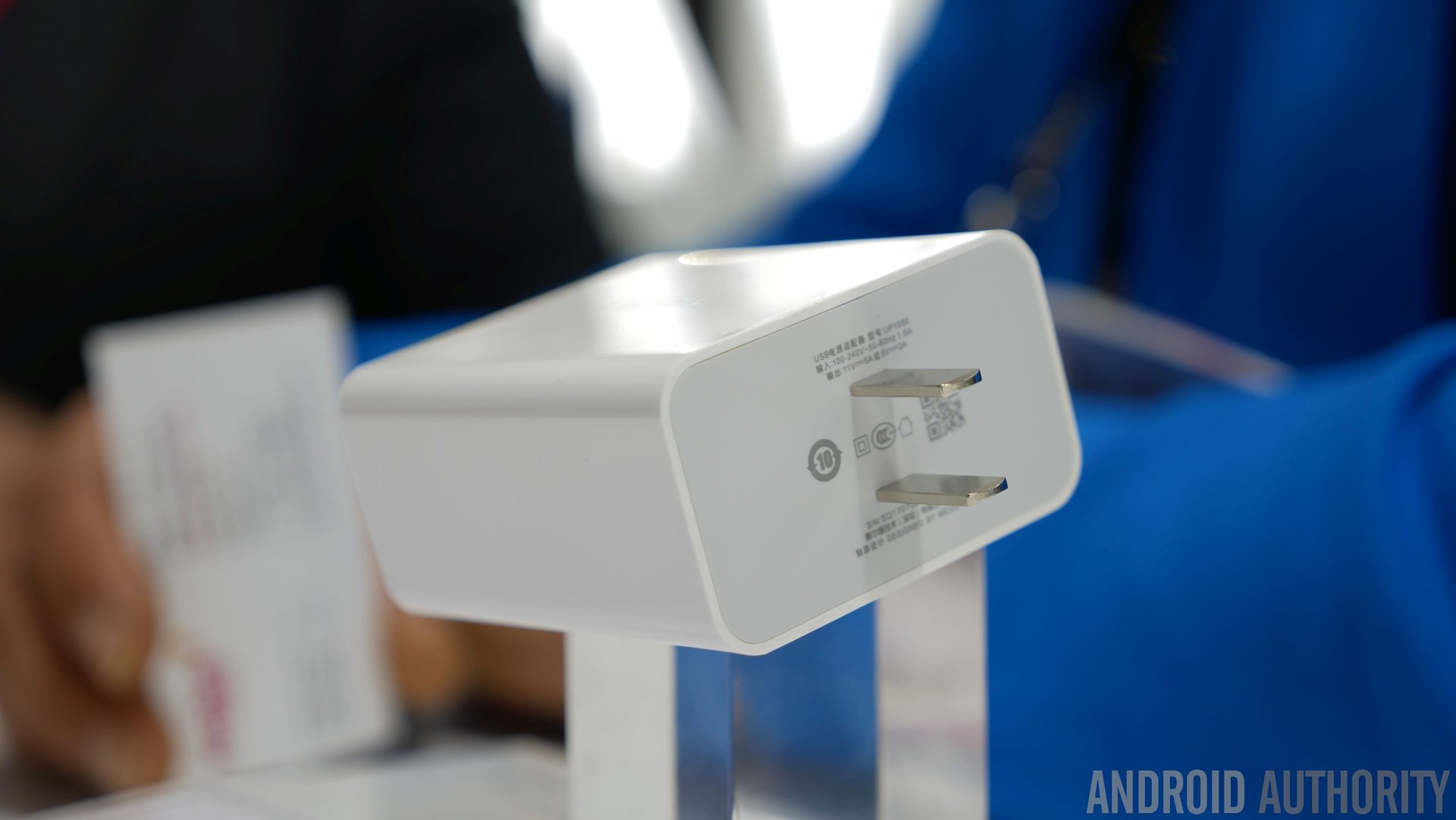
In recent years we’ve seen plenty of Android OEMs introduce fast charging tech, but a lot of these were based on Qualcomm’s chips. Over the last year or so however, we’ve increasingly been seeing new proprietary standards emerge, like HUAWEI’s SuperCharge on the Mate 9 and even OPPO’s VOOC which was introduced back at last year’s MWC.
Now it’s looking like proprietary fast charging is slowly becoming the new norm. At MWC 2017 Meizu introduced a new 55W charging solution called Super mCharge that can fully charge a smartphone in 20 minutes. With battery safety a bigger deal than ever before and charging times becoming ever shorter, a lot of attention is going to be paid to batteries this year, both on the safety and speed side.